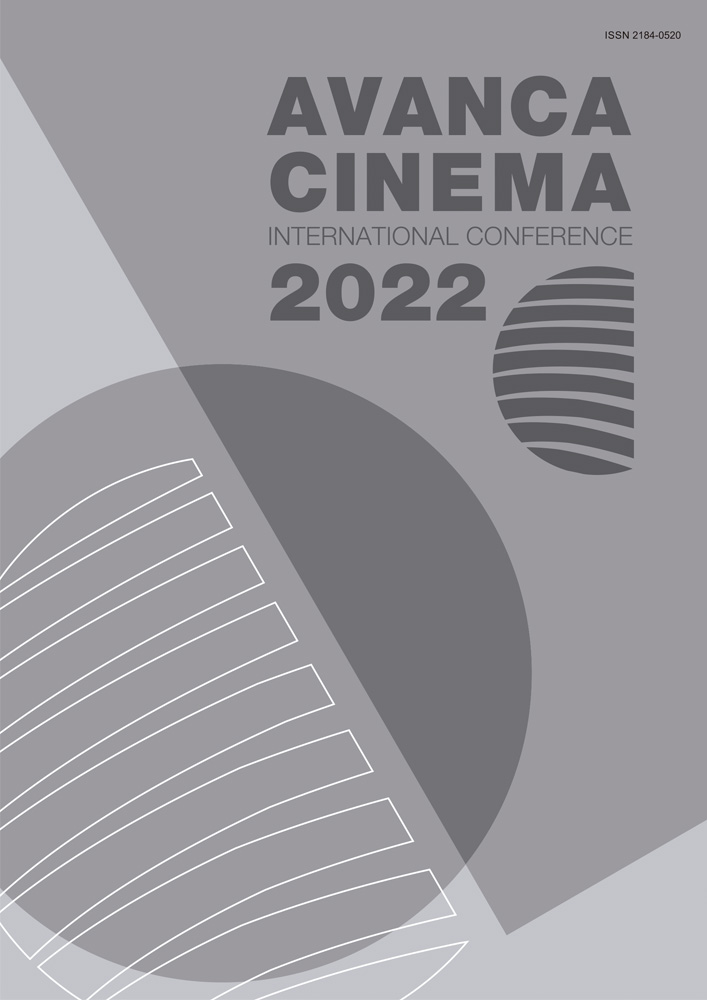Capítulo IV _ Cine - Tecnología
La subtitulación creativa como herramienta de accesibilidad para niños con discapacidad auditiva
Resumen
With the arrival of sound to film, film translation and subtitling moved down to a second place. Spain is being considered a dubbing country (Talaván 2019), and it has been proved that subtitles for the deaf and hard of hearing (SDH) have not been exhaustively delved into among translation studies, and educational centres offering courses in this area are scarce (Díaz-Cintas 2017). On the other hand, although subtitling was mostly created as a support for linguistic understanding, some scholars, such as Romero-Fresco (2018; 2020) or McClarty (2012), are committed to an additional creational approach, known as “creative subtitling” or “creative subtitles”. This recent accessible translation has a principal aim, which is getting a final product whose effect is the same as the one in the original language, and we can establish a relationship between the audience and the audiovisual product in order to achieve a more immersive and dynamic experience in terms of accessibility and visualization.
Therefore, in the present paper, we will discuss what subtitling and subtitles for the deaf and hard of hearing (SDH) are about, focusing on children as spectators since we will use an animated short film as audiovisual material. We will also discuss about the advantages of creative subtitling for the youngest viewers and compare it with the protocol of traditional subtitling (Díaz-Cintas 2021; Karamitroglou, 1998). Finally, we will simulate a translation project consisting of the addition of accessible creative subtitles to an animated short film, in order to observe the results obtained, and to prove that a better visual experience is possible.

Esta obra está bajo una licencia internacional Creative Commons Atribución 4.0.

